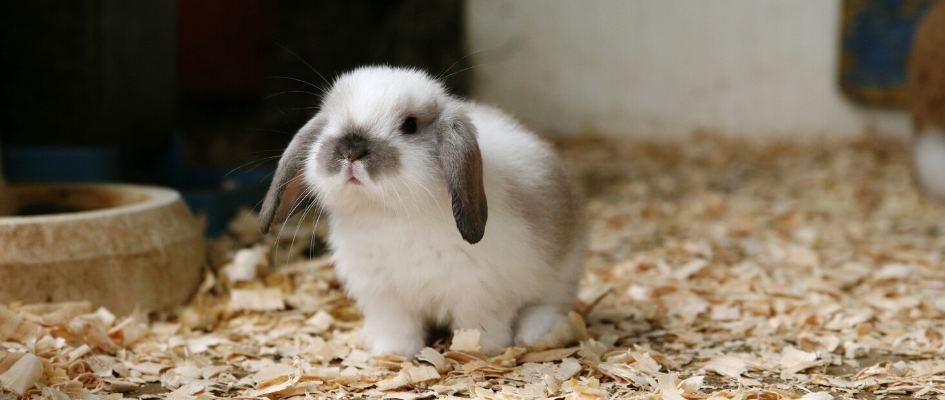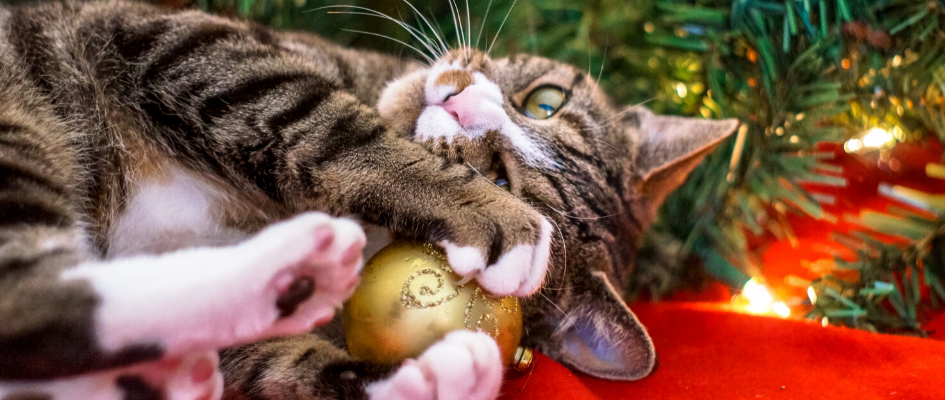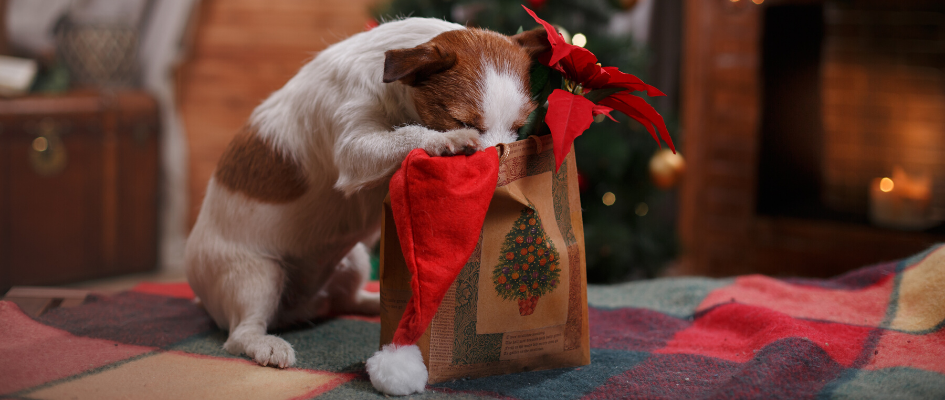Fireworks season is fast approaching and although we may enjoy it as humans, it may be a little stressful for our furry friends. See below our advice on keeping your pet happy and safe during this time, or have a look at our top 10 tips on keeping your pet safe this firework season.
ALWAYS
- Keep dogs and cats inside when fireworks are being let off.
- Close all windows and doors and block off cat flaps to stop pets escaping and to keep noise to a minimum. Draw the curtains, and if the animals are used to the particular sounds of TV or radio, switch them on.
- Make sure your pet is microchipped so should they run away you are more likely to be reunited with them.
NEVER
- Walk your dog while fireworks are going off.
- Leave or tie your dog up outside while fireworks are being let off.
- Take your dog to a firework display. Even if your dog does not bark or whimper at fireworks it doesn’t mean they are happy.
- Shout at your pet if they are frightened as this will only make them more distressed.
DOGS
To further minimise distress, we suggest you install an Adaptil® diffuser in your home. The Adaptil® diffuser works like a plug-in air freshener, continuously releasing an odourless natural pheromone which helps to keep your pet feeling safe and calm. The diffuser contains a natural solution and there is no sedative effect. Xylkene® is an oral tablet which can also be used to help relieve anxiety without the use of potentially sedative drugs. In severe cases we may need to prescribe a sedative. Please discuss this with one of our veterinary surgeons.
CATS
A Feliway® diffuser is the feline equivalent to the Adaptil® diffuser. Feliway® releases feline facial pheromone, mimicking the cat’s own pheromones, helping to create a state of calmness and well-being, allowing reactions to stressful situations to be better controlled. Xylkene® can also be used in cats to help relieve anxiety without the use of potentially sedative drugs.
SMALL ANIMALS
Rabbits and guinea pigs living outside should not be forgotten. They can also become very stressed from loud noises. Bring small animals indoors or into an outhouse to muffle the sound of the fireworks, helping them feel safe and calm.
If you are concerned or would like further advice, please speak to your local Goddard vet soon.



